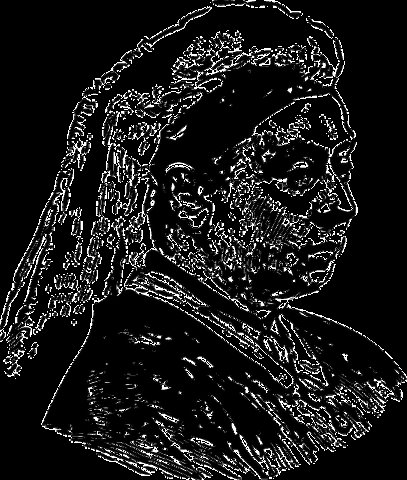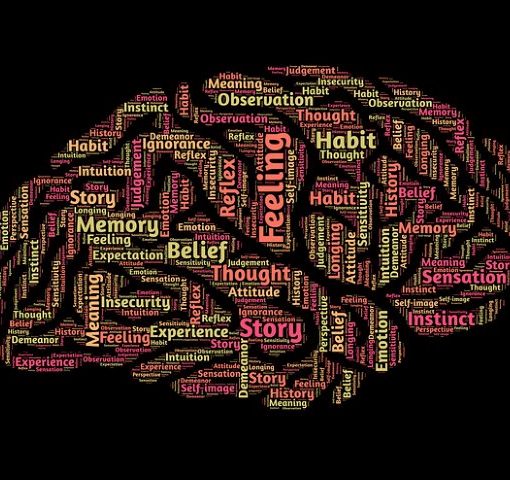Queen Mother was a regular cannabis user
 Besides being considered the grandmother of Europe during the 1800s, Queen Victoria was a cannabis user who used the plant for different purposes, such as menstrual pain disorder and others.
Besides being considered the grandmother of Europe during the 1800s, Queen Victoria was a cannabis user who used the plant for different purposes, such as menstrual pain disorder and others.
When Great Britain conquered India, the sub-continent was the Crown jewel. Its ancient culture delighted the minds of writers like Rudyard Kipling (he wrote the Jungle book) and many adventurers who travelled across the country discovering some of its mysteries.
At that time, and nowadays, although it hasn’t been officially recognized, cannabis (known as bhang) was widely used for medical, recreational and religious purposes.
Victoria was born on May 24, 1819 and she ascended to the throne when she was 18. She became Queen of England, Ireland and Empress of India.
Did she smoke weed?
Different sources say she did. The Queen suffered from menstrual pain and her doctor, J.R. Reynolds, found the solution in cannabis. The doctor published an article on one of the most important journals of that age: “When pure and administered carefully, cannabis is one of the most valuable medicines we possess”
Dr. Reynolds was a doctor far ahead of his time. In fact, recent studies have confirmed that Cannabis is very efficient to treat pain symptoms related to menstruation. The uterus is full of cannabinoid receptors.
Cannabis has been used by many different cultures throughout history. Great Britain was one of them during the industrial revolution. It was constantly prescribed by doctors throughout the 1800’s.
Medical research
Cannabis was brought to Britain by an Irish doctor named William Brooke O’Shaughnessy. He made a deep study when he was serving as medical officer in the East India Company. He began to bring weed from Bengal to Britain islands, where it firstly became the subject of medical research.
By the 1840’s British doctors thought they had discovered a real medical wonder. Cannabis was widely used to treat stomach disorders and lessening menstrual cramps; the reason why Queen Mother used it. Later studies have discovered many other properties.
During the British Empire, doctors used to prescribe cannabis to treat several mental illnesses. The use of cannabis is a sign of an era of scientific advancement. We cannot forget that earlier in the history, mental illness was considered as demonic possession and many witches were condemned to be burned alive.
The evidences about medical cannabis vanished
It seems impossible that such a medical plant could become so vilified. The evidences about the plant’s efficiency vanished and weed became associated with mental illness.
The first reports about it reached the British House of Common in the 1890’s. One of them said that “the lunatic asylum of India are filled with ganja smokers”
A study on the subject was launched. It was named the Report of the Indian Hemp Drugs Commission in 1894-1895. According to the research: “ The excessive use may certainly be accepted as very injurious, though it must be admitted that in many excessive consumers the injury is not clearly marked”.
Obviously the prohibition came soon and in the 1920’s, cannabis was declared illegal in UK. Little by little all the evidences about cannabis benefits was forgotten.
It seems impossible to forget that weed has been used in many cultures as medicine, even though the Queen Victoria was a great pot consumer.
The influence of Victoria
In fact, the influence of Queen Mother was so great that a former Tory minister said when Thatcher was ruling the country: “We should legalize cannabis. Even Queen Victoria used it”
Adventurers arrived from Europe and travelled across Asia, found a well established drug culture. It mostly happened in the 17th century. Opium, cannabis, betel and many other drugs were part of the daily life among people in the Asian society. These substances were used for spiritual, medical and recreational purposes.
It did not happen until the nineteenth century that British doctors began to take interest in cannabis. Unlike opium, marijuana wasn’t implicated in an important commercial trade. One of the most remarkable Victorian scientists was William O’Shaughnessy. He tried cannabis on several animals, such as pigs, vultures, dogs and more. Once he was sure of the safety of the drug, he began to test it on his own patients. He thought this substance was very promising in addition to his therapeutic products.
However, by the late 19th century, another current of doctors began to see cannabis as a problematic cause of mental health diseases. An inquiry made in the 1870s decided that the substance could lead to madness and crime. Obviously, this was later proved to false and based on unbelievable statistical evidences. The belief that these links were true had deeply entered in many people minds from the scientific community. Complains were sent to the British House of Commons and the Indian Hemp Drugs Commission began to study what to do. The Commission reported that ganja was much more used in India than had been thought. They stated that those links between cannabis and madness were greatly exaggerated and that a moderate use had no evil results. They decided that it was neither necessary nor practical to prohibit it.
The links between the Empire and the colonies meant that drugs were available at home. Even though the cannabis use did not reach the opium scale in the 19th century, cannabis was used for medical purposes among British people because they all knew that Queen Victoria used the drug. “If her Majesty uses cannabis, it has to be good… “, used to think many British.
In late 19th century and the beginning of the 20th century, cannabis was consumed by writers, artists and Bohemians in London. Consuming weed was very common practice among the avant-garde artistic groups. No need to say the same occurred in other important cities in Europe and America, such as Paris, where, for example, the excellent poet and philosopher Charles Pierre Baudelaire wrote some of his greatest master pieces under the influence of cannabis. He used the plant to enhance his creativity.
Prohibition movements: Indian mutiny of 1851
But in the early twentieth century, the prohibition movements were very powerful. Certain events that happened in India, such as Indian mutiny of 1851, a whole nation rebellion against British rule in the country, were due to the mental disorders produced by cannabis use among Indians. Obviously the argument was very poor and without any scientific basis. But it was good enough for prohibitionists.
Finally cannabis and other substances were banned, although Indians continued consuming it until recent days. Cannabis was and it is now a mystic plant, commonly used in their ceremonies.
But the cannabis use of Queen Victoria was a convincing reason for British to accept the drug as a medical treatment. As a matter of fact, even today, the Queen Elisabeth II continues denying that Victoria used to consume cannabis. It was too embarrassing for her. There was a time when many jokes were created about the use of cannabis by Queen Victoria.






